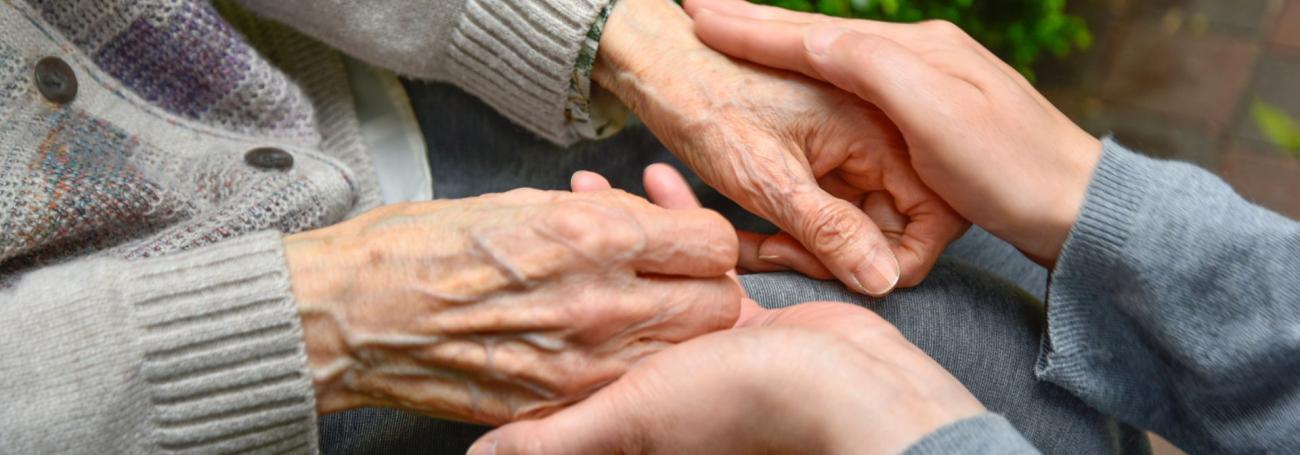Acierno, R., Steedley, M., Hernandez-Tejada, M.A., Frook, G., Watkins, J. and Muzzy, W. (2020). Relevance of perpetrator identity to reporting elder financial and emotional mistreatment. Journal of Applied Gerontology 39(2):221–225. Https://doi.org/10.1177/0733464818771208.
Beck, E., Lewinson, T. and Kropf, N.P. (2015). Restorative justice with older adults: mediating trauma and conflict in later life. Traumatology 21(6):219–226.
Brown, M.T. and McNeal, M.H. (2020). Addressing elder abuse: service provider perspectives on the potential of restorative processes. Journal of Elder Abuse & Neglect 32(4):357–376.
Burnes, D. (2017). Community elder mistreatment intervention with capable older adults: toward a conceptual practice model. The Gerontologist 57(3):409–416.
Burnes, D., Connolly, M.T., Salvo, E., Kimball, P.F., Rogers, G. and Lewis, S. (2023). RISE: a conceptual model of integrated and restorative elder abuse intervention. The Gerontologist 63(6):966–973.
Clarke, A., Williams, J. and Wydall, S. (2016). Access to justice for victims/survivors of elder abuse: a qualitative study. social policy and society. Social Policy and Society 15(2):207–220.
Groh, A. (2003). A healing approach to elder abuse and mistreatment: the Restorative Justice Approaches to Elder Abuse Project. Kitchener, ON: Community Care Access Centre of Waterloo Region.
Groh, A. (2005). Restorative justice: a healing approach to elder abuse. In: E.M. Elliott and R.M. Gordon (eds.) New directions in restorative justice: issues, practice, evaluation, pp. 175–192. Cullompton: Willan.
Groh, A. and Linden, R. (2011). Addressing elder abuse: the Waterloo Restorative Justice Approach to Elder Abuse Project. Journal of Elder Abuse & Neglect 23(2):127–146.
Hightower, J., Smith, M.J.G. and Hightower, H.C. (2006). Hearing the voices of abused older women. Journal of Gerontological Social Work 46(3–4):205–227.
Holkup, P.A., Salois, E.M., Tripp-Reimer, T. and Weinert, C. (2007). Drawing on wisdom from the past: an elder abuse intervention with tribal communities. The Gerontologist 47(2):248–254.
Lachs, M. and Berman, J. (2011). Under the radar: New York State Elder Abuse Prevalence Study. Online.
Liu, P.J., Hass, Z., Stratton, S.K., Conrad, K.M. and Conrad, K.J. (2022). Examining adult protective services outcomes: services associated with the decrease of mistreatment differed by elder mistreatment type. The Gerontologist 62(9):1359–1368.
McNeal, M.H. and Brown, M.T. (2019). Elder restorative justice. Cardozo Journal of Conflict Resolution 21:91–143.
Moore, C. and Browne, C. (2017). Emerging innovations, best practices, and evidence-based practices in elder abuse and neglect: a review of recent developments in the field. Journal of Family Violence 32(4):383–397.
Mosqueda, L., Burnight, K., Gironda, M.W., Moore, A.A., Robinson, J. and Olsen, B. (2016). The abuse intervention model: a pragmatic approach to intervention for elder mistreatment. Journal of the American Geriatric Society 64(9):1879–1883.
National Council on Aging (2021). Get the facts on elder abuse. Online.
Păroşanu, A. (2017). Elder harm and restorative practices: a literature review. Auckland: Victoria University of Wellington. Occasional Papers in Restorative Justice Practice 6.
Păroşanu, A. and Marshall, C. (2020). Kōrero Tahi: a pilot project on using restorative approaches for addressing harms experienced by older persons: an implementation and evaluation report. Auckland: Victoria University of Wellington.
Pritchard, J. (2000). The needs of older women: services for victims of elder abuse and other abuse. Bristol: Policy Press.
Pritchard, J. (2001). Male victims of elder abuse: their experiences and needs. London: Jessica Kingsley.
Ramsey-Klawsnik, H. and Miller, E. (2014). Polyvictimization in later life. Victimization of the Elderly and Disabled 17(1).
Simmons, J., Wiklund, N. and Ludvigsson, M. (2022). Managing abusive experiences: a qualitative study among older adults in Sweden. BMC Geriatrics 22(456):1–14.
Teaster, P.B. (2017). A framework for polyvictimization in later life. Journal of Elder Abuse & Neglect 29(5):289–298.
Uekert, B.K., Keilitz, S. and Saunders, D. (2012). Prosecuting elder abuse cases: basic tools and strategies. Williamsburg, VA: National Center for State Courts.
Wilcox, P. (2012). Is parent abuse a form of domestic violence? Social Policy and Society 11(2):277–288. Doi:10.1017/S1474746411000613.
Williams, J.L., Racette, E.H., Hernandez-Tejada, M.A. and Ron Acierno, R. (2020). Prevalence of elder polyvictimization in the United States: data from the National Elder Mistreatment Study. Journal of Interpersonal Violence 35(21–22):4517–4532.
Yerxa, J., McCauley, Y., Elliott, S., Derible, R. and Llewellyn, J. (2015). Restorative approaches to senior safety: the Nova Scotia experience. Online.
Yon, Y., Mikton, C.R., Gassoumis, Z.D. and Wilber, K.H. (2017). Elder abuse prevalence in community settings: a systematic review and meta-analysis. Lancet Global Health 5(2):147–156.



